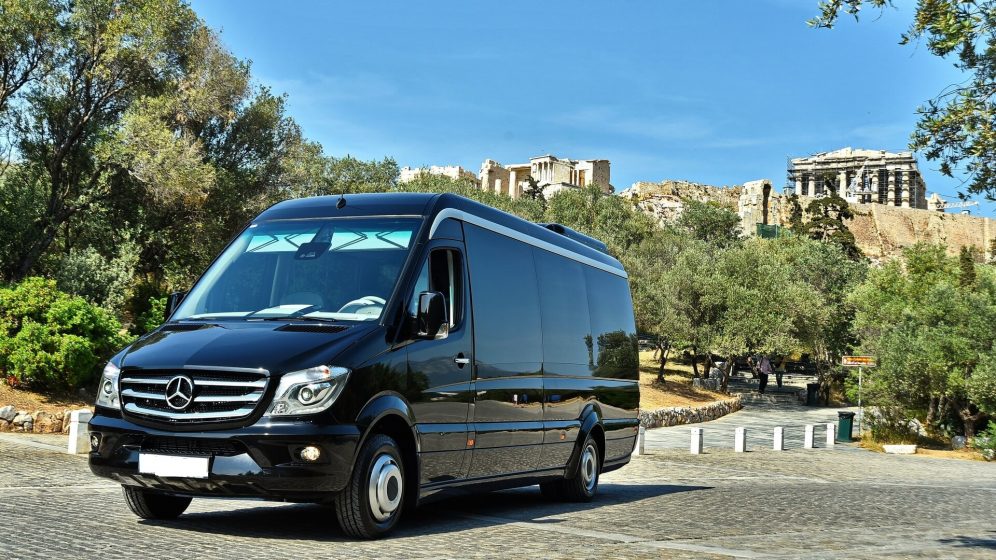In today’s modern world, the issue of sustainability is an ongoing and pressing one. From local residents to renowned public figures, everyone has raised concerns and shared their views on the topic. As the world comes closer every day through modern technology, awareness regarding these essential matters seems to be increasing. Taking measures to ensure environmentally friendly practices is not only important but easier than ever. Travelling is one of the most common activities in everyone’s lives. This makes it a highly effective area that we can make the right choices in. As the title hints, minibuses are designed to be environmentally friendly when compared with other modes of transportation. In this blog, we’ll look at certain points that factor into proving the statement true.
Fuel-Efficiency and Carbon Footprint
First and foremost, fuel efficiency. Minibuses are more fuel-efficient than any other mode of transport. One can debate that bikes or even cars have a higher mileage. But when considering fuel consumption on a per-passenger basis, minibuses emerge victorious. When compared to large buses, minibuses still make it to the top because they are designed for not only the passengers but also the owners. They are much more streamlined than any other mode of group transport and, hence, need less energy to sway on the roads.
According to a study done by professionals in the APTA (American Public Transportation Association), it was identified that the average private car has a mileage of about 24 miles (nearly 38km) per gallon (3.78 liters) and can legally carry only 4 passengers. On the other hand, an average minibus carries 14 passengers and runs on gas for about 14 miles (about 22km) per gallon. Therefore, minibuses are not only more cost-efficient for the public but also more fuel efficient for the owners and the environment. Moreover, minibuses leave a lower carbon footprint per passenger than any other public transport.
Less Pollution
Greenhouse gases is a term for the gases that stay trapped in the earth’s atmosphere. These gases contribute to the drastically fluctuating global climate change. Minibuses emit way fewer greenhouse gases than any other mode of transport. Vehicles tend to emit various harmful gasses into the environment, like methane, carbon dioxide, and nitrous oxide. The amount of greenhouse gas emitted by a vehicle can vary based on the age of the vehicle, type of vehicle, fuel efficiency, and the number of kilometers it has been driven.
Like most vehicles, minibuses are also based on petrol and diesel engines, both of which emit greenhouse gases. Nevertheless, as discussed above, minibuses are more fuel efficient than any other public vehicle. This makes them a comparatively safe and healthier option for the environment. Moreover, modern and latest minibusses are pre-fitted with specific filters and catalytic converters to reduce the amount of harmful gasses thrown into the environment.
Better Air Quality
By keeping the above points in mind along with the frame, size, and functioning of minibuses, it is safe to say that minibuses promote better air quality. With the use of minibuses, one can ensure fewer vehicles on the road and less traffic. This can result in less overall pollution. Minibuses can not only take the toll of long journeys but are equally efficient in swaying inside the city, making them the perfect vehicle for any job. Additionally, minibus manufacturers have been advised under strict protocols to optimize advanced emissions systems in minibus engines. Along with that, minibuses promote the culture of carpooling. Carpooling can ensure that minibuses are used to their optimum capacity, thus adding to the practice of cultivating practices for a sustainable and more environmentally friendly future.

